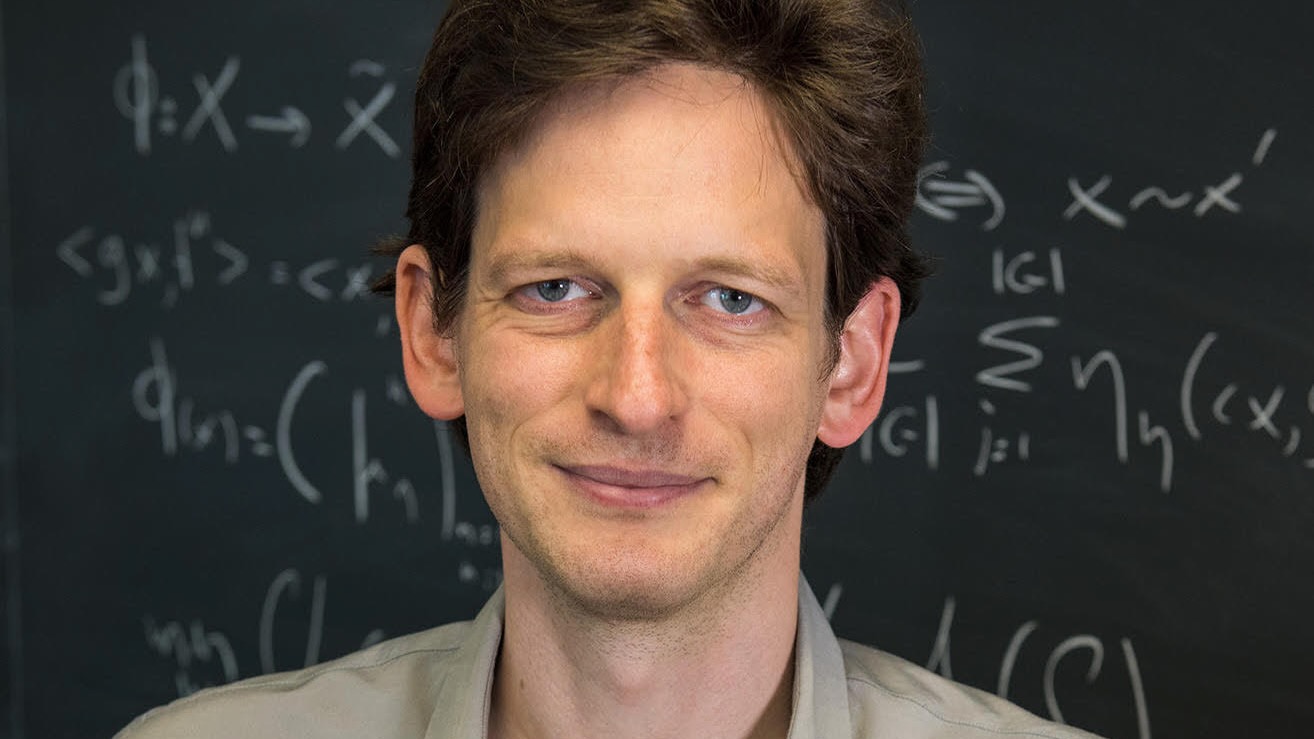CSC - Tomer Ullman / The Physical Basis of Imagery and Imagination

CSC - Tomer Ullman / The Physical Basis of Imagery and Imagination
This Thursday, upon the seventh day of the ninth month, the Cognitive Science Colloquium returns at long last, with a visit from Harvard's Tomer Ullman and a talk on "The physical basis of imagery and imagination." The abstract is below, and the talk with be in the LSC space, 2124 HJ Patterson.
The Physical Basis of Imagery and Imagination
People seem to have an early understanding of the world around them, and the people in it. Before children can reliably say "ball", "wall", or "Saul", they expect balls to not go through walls, and for Saul to go right for a ball (if there's no wall). There are different proposals out there for the cognitive computations that underlie this basic commonsense reasoning. I'll focus on one proposal in particular, and suggest that a "rough rendering and de-rendering" approach can explain basic expectations about object solidity, cohesion, and permanence. From there, I will expand the proposal to more recent work on imagery and imagination, including non-commitment in imagery, and the importance of physical properties in visual pretense.

